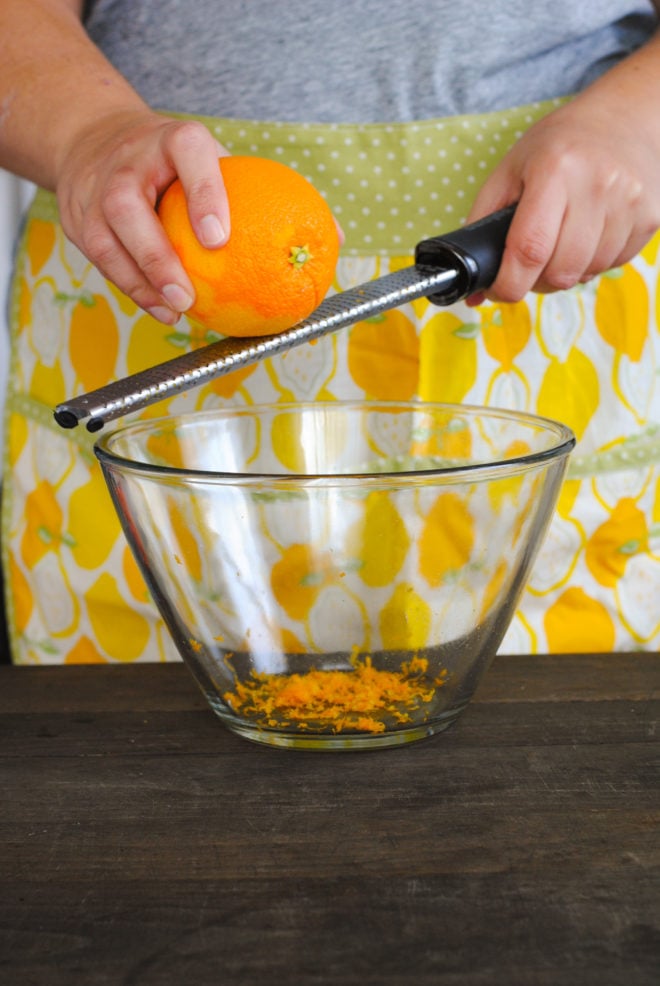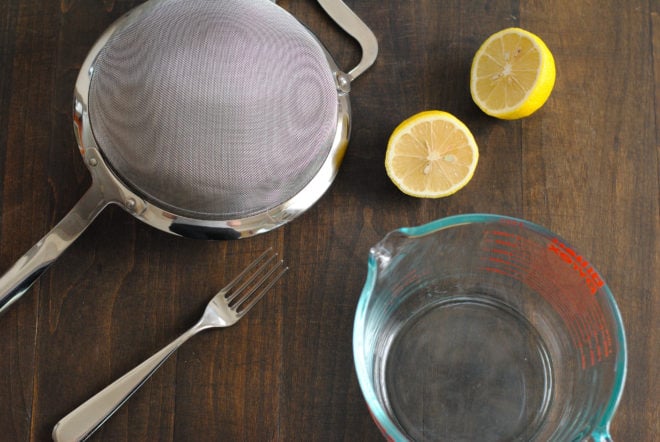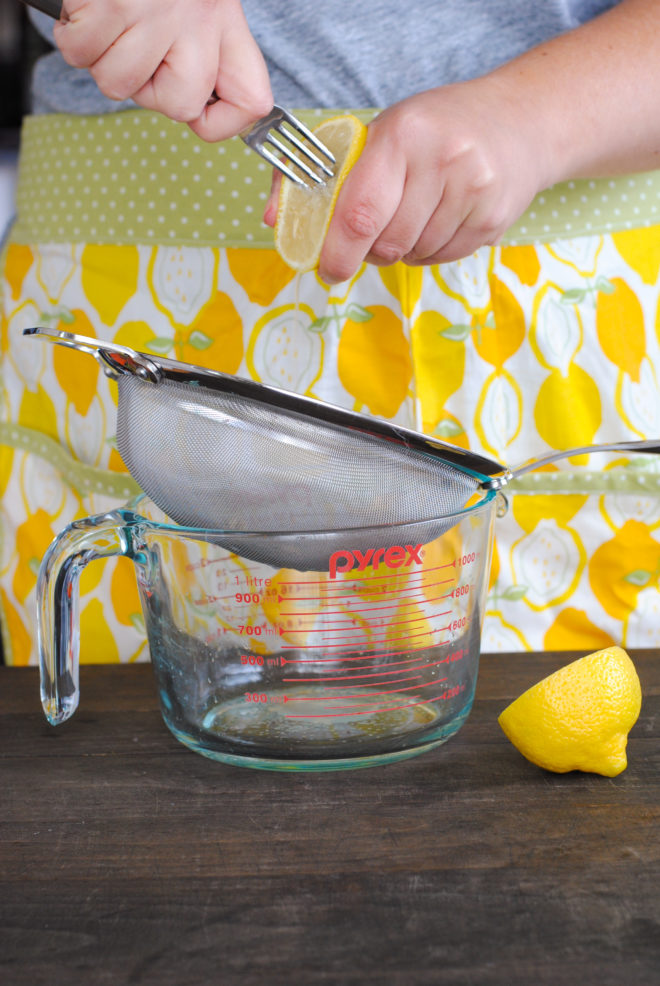Culinary School Lesson: Make the Most of Citrus

In my “What I Learned in Culinary School” series, I’ll be sharing tips and tricks that I learned from two years of working with some of the country’s best chefs. This will include big things like learning to work efficiently, and small things like how to cook bacon perfectly. All of them will be applicable to your home kitchen, making you a faster, better, and more confident cook.
If you know me or follow my blog, you’re probably aware that making the most of citrus fruits is a priority in my kitchen. During last winter’s lime shortage, it was particularly important to get your money’s worth with any little green gem you could get your hands on.
Before I went to culinary school, my idea of squeezing a lemon was just that: cut the lemon in half, squeeze, and maybe hold my other hand under the lemon so I could catch stray seeds before they made it into my meal. While this method works just fine when you need a small touch of lemon juice or you’re in a hurry, it’s not the most efficient way to juice a lot of lemons (think: lemon meringue pie).

In fact, I was making a lemon meringue pie when the pastry chef instructor noticed me fishing stray seeds out of my measuring cup as I was juicing lemons. He came over and told me to go fetch a fine-mesh strainer and a fork. He then showed me the simplest, but most brilliant way to get all the juice out of any citrus fruit.
Roll the fruit on the counter to get it’s juices flowing, then cut it in half. Rest a fine-mesh strainer over a large liquid measuring cup. Holding the fruit over the strainer, twist a fork into the flesh of the fruit while you squeeze the fruit at the same time, making sure to scrape around in there with the fork until every last drop of juice is released. The strainer will catch all the pulp and seeds, and only pure, fresh lemon juice will be waiting for you in your measuring cup. While I’ve been given lots of fancy citrus juicing gadgets as gifts, nothing really compares with the simple combination of a fork and mesh strainer for getting every last drop.

If you really want to get your money’s worth of your citrus fruit, be sure to always zest your fruits before you halve and juice them. Even if you don’t need the zest immediately, zest them anyway and throw the zest in a freezer bag and freeze it for later use. But if you are using the zest right away (to say, add even more citrus flavor to that lemon meringue pie), make sure you zest your fruit directly into your mixing bowl instead of onto a cutting board and then transferring it to the bowl.
This way, you don’t lose any of the essential citrus oils that lend so much aromatic flavor.

If possible, make zesting the fruit the first step of your recipe. Zest your fruit directly into the bowl you’ll be using, and just dip your measuring spoon into the bowl to give it a quick measure if needed. Then, add the rest of the ingredients for your recipe into the bowl with the zest.
One final tip – once you zest a citrus fruit, it will dry out very quickly. If you need zest, but not the juice at the same time, make sure you wrap the zested fruit in plastic wrap and refrigerate it until you are ready to use it’s juice.


I haven’t gone over to The Blue Apron yet, but the photo at the bottom of what you’ve written here gave me a major flat-forehead moment… Needless to say, I’ll be using that technique a lot, because I use a lot of lemons and limes. When I did my cooking class in Thailand earlier this year, they showed us how to cut limes and squeeze them over the back of the chef knife, which is a wonderful technique for small citrus fruits, especially if they don’t have seeds.
So glad this was helpful, Susan! Did that cooking class teach you how to make papaya salad by any chance?